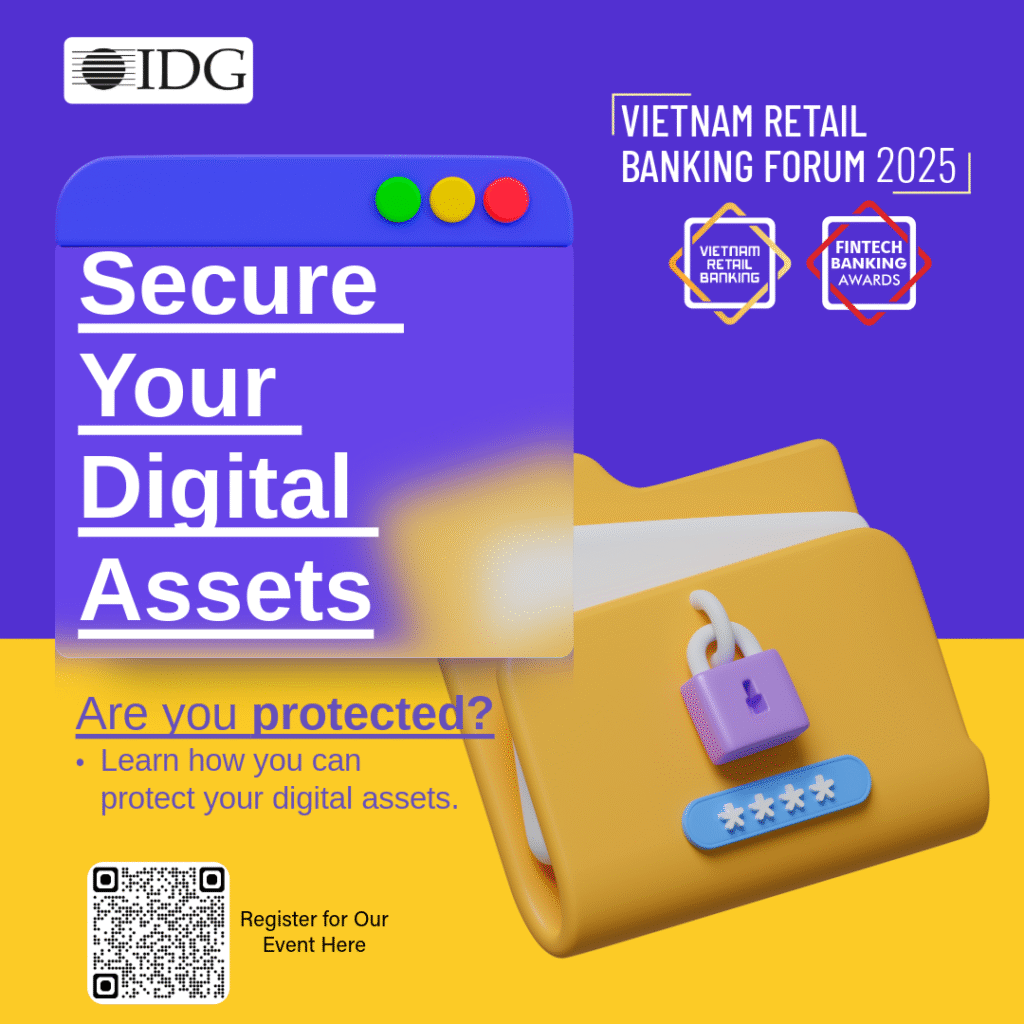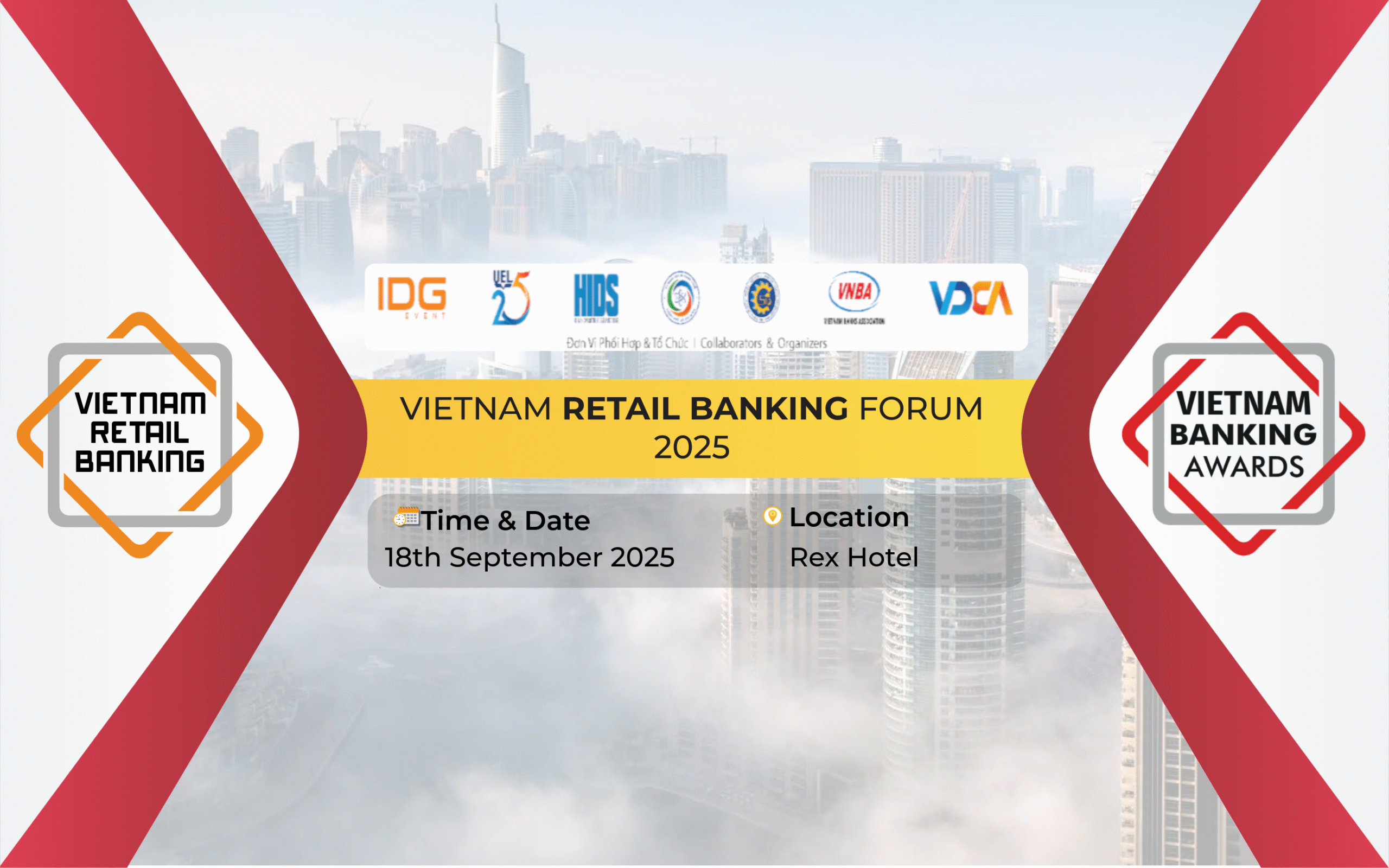
The rise of digital assets, cryptocurrencies, NFTs, tokenized securities, and decentralized financial platforms has introduced new ways to store and exchange value. But along with innovation comes a broad and growing set of cybersecurity challenges.
Unlike traditional banking, digital assets often operate on decentralized infrastructures, rely on smart contracts, and use self-managed wallets. This shift in architecture and responsibility creates unique security concerns that can’t be solved by legacy approaches.
Key Cybersecurity Risks for Digital Assets
- Wallet Compromise: Digital wallets are the gateway to crypto and token holdings. If a private key is stolen, lost, or phished, the assets it controls are gone, often without any way to recover them. Weak passwords, lack of multi-factor authentication, or malware on user devices all increase risk.
- Smart Contract Exploits: Smart contracts, automated scripts that execute financial logic, can be exploited if they contain bugs or design flaws. Once deployed on a blockchain, contracts are difficult to change, so even small mistakes can lead to significant financial loss.
- Phishing and Social Engineering: Users are frequently tricked into handing over credentials, downloading malicious apps, or signing fraudulent transactions. These tactics don’t require deep technical expertise but are often highly effective.
- Insider Threats and Human Error: Employees, developers, and contractors with elevated access can inadvertently expose sensitive systems or intentionally manipulate them. Lack of oversight and weak access controls increase this risk.
- API and Infrastructure Vulnerabilities: APIs connect wallets, exchanges, trading tools, and other services. If these integrations aren’t secured, they become prime targets for attackers. Similarly, cloud misconfigurations or inadequate monitoring can expose entire platforms.
- Regulatory Noncompliance: As digital assets become regulated financial instruments in many jurisdictions, organizations must meet higher standards for data security, breach notification, and operational controls. Noncompliance can lead to penalties and reputational damage.
Best Practices to Strengthen Cybersecurity Around Digital Assets
- Establish Strong Identity and Access Controls: Use unique, strong passwords and enforce multi-factor authentication across all systems and user accounts. Avoid key reuse and employ secure key management protocols for wallets.
- Regularly Audit Code and Smart Contracts: Conduct thorough audits before deploying smart contracts. Use formal verification where possible and consider bug bounty programs to catch vulnerabilities early.
- Train Users and Teams: Educate both technical and non-technical staff on common threats like phishing, fake wallet apps, or social engineering. Create clear protocols for managing assets securely.
- Encrypt and Segment Sensitive Data: All sensitive data, such as wallet metadata, private keys, or user credentials, should be encrypted both in transit and at rest. Limit internal access using role-based permissions.
- Monitor Continuously and Test Responses: Implement real-time monitoring for unusual behavior, large fund movements, or access anomalies. Simulate incidents to test your organization’s ability to respond effectively.
- Align With Evolving Compliance Requirements: Cybersecurity for digital assets is no longer optional in many jurisdictions. Stay current on data protection laws, security reporting standards, and regulatory expectations.
Cybersecurity as a Foundation, Not a Feature
The value of digital assets depends on trust. Whether it’s an individual managing a private wallet or a company offering tokenized investment products, the integrity and safety of the platform are essential. That trust is built and maintained through robust cybersecurity.
Security isn’t a one-time fix. It requires continuous investment, attention to detail, and a culture that prioritizes safety from the inside out. As the digital asset landscape evolves, the organizations that treat cybersecurity as a core responsibility, not a side task, will be the ones that earn and keep user trust.

